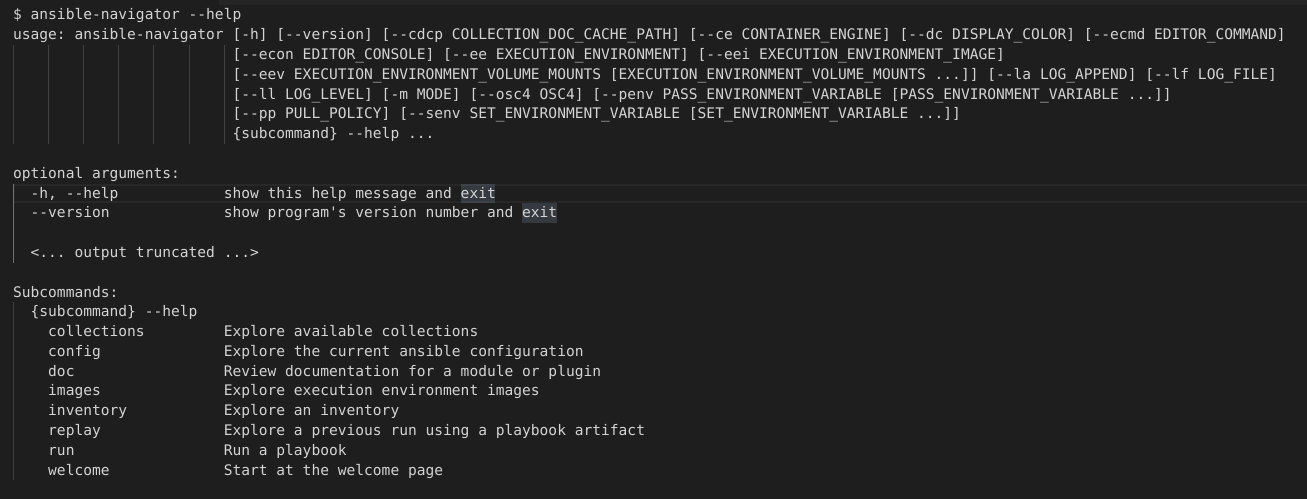Este conteúdo não está disponível no idioma selecionado.
Chapter 5. Setting up your development environment
You can follow the procedures in this section to set up your development environment to create automation execution environments.
5.1. Installing Ansible Builder
You can install Ansible Builder using Red Hat Subscription Management (RHSM) to attach your Red Hat Ansible Automation Platform subscription. Attaching your Red Hat Ansible Automation Platform subscription allows you to access subscription-only resources necessary to install ansible-builder. Once you attach your subscription, the necessary repository for ansible-builder is automatically enabled.
You must have valid subscriptions attached on the host before installing ansible-builder.
Procedure
In your terminal, run the following command to activate your Ansible Automation Platform repo:
dnf config-manager --enable ansible-automation-platform-2.1-for-rhel-8-x86_64-rpms
$ dnf config-manager --enable ansible-automation-platform-2.1-for-rhel-8-x86_64-rpmsCopy to Clipboard Copied! Toggle word wrap Toggle overflow Then enter the following command to install Ansible Builder:
dnf install ansible-builder
$ dnf install ansible-builderCopy to Clipboard Copied! Toggle word wrap Toggle overflow
5.3. Downloading base automation execution environments
Base images that ship with AAP 2.0 are hosted on the Red Hat Ecosystem Catalog (registry.redhat.io).
Prerequisites
- You have a valid Red Hat Ansible Automation Platform subscription.
Procedure
Log in to registry.redhat.io
podman login registry.redhat.io
$ podman login registry.redhat.ioCopy to Clipboard Copied! Toggle word wrap Toggle overflow Pull the base images from the registry
podman pull registry.redhat.io/aap/<image name>
$ podman pull registry.redhat.io/aap/<image name>Copy to Clipboard Copied! Toggle word wrap Toggle overflow
